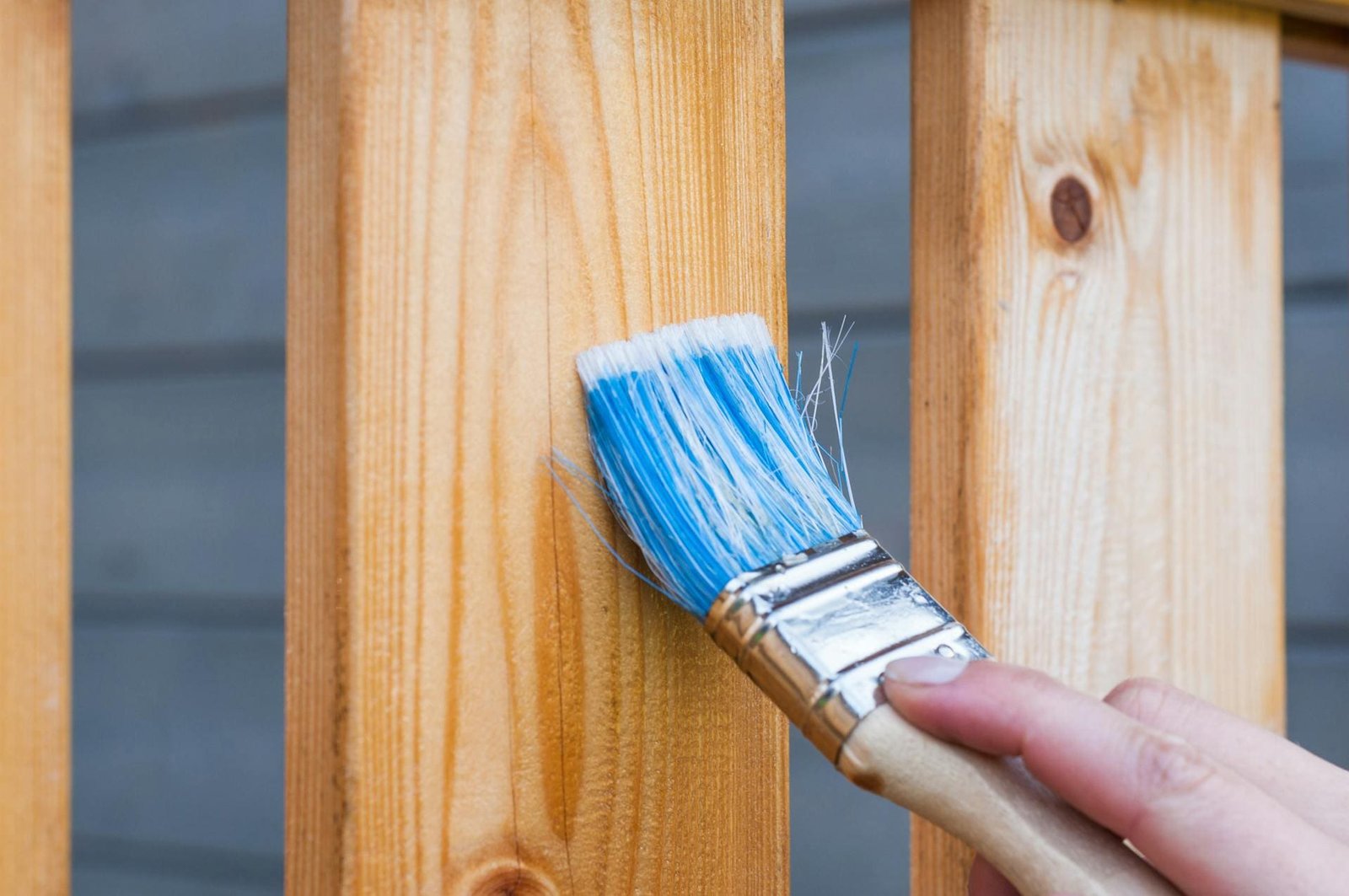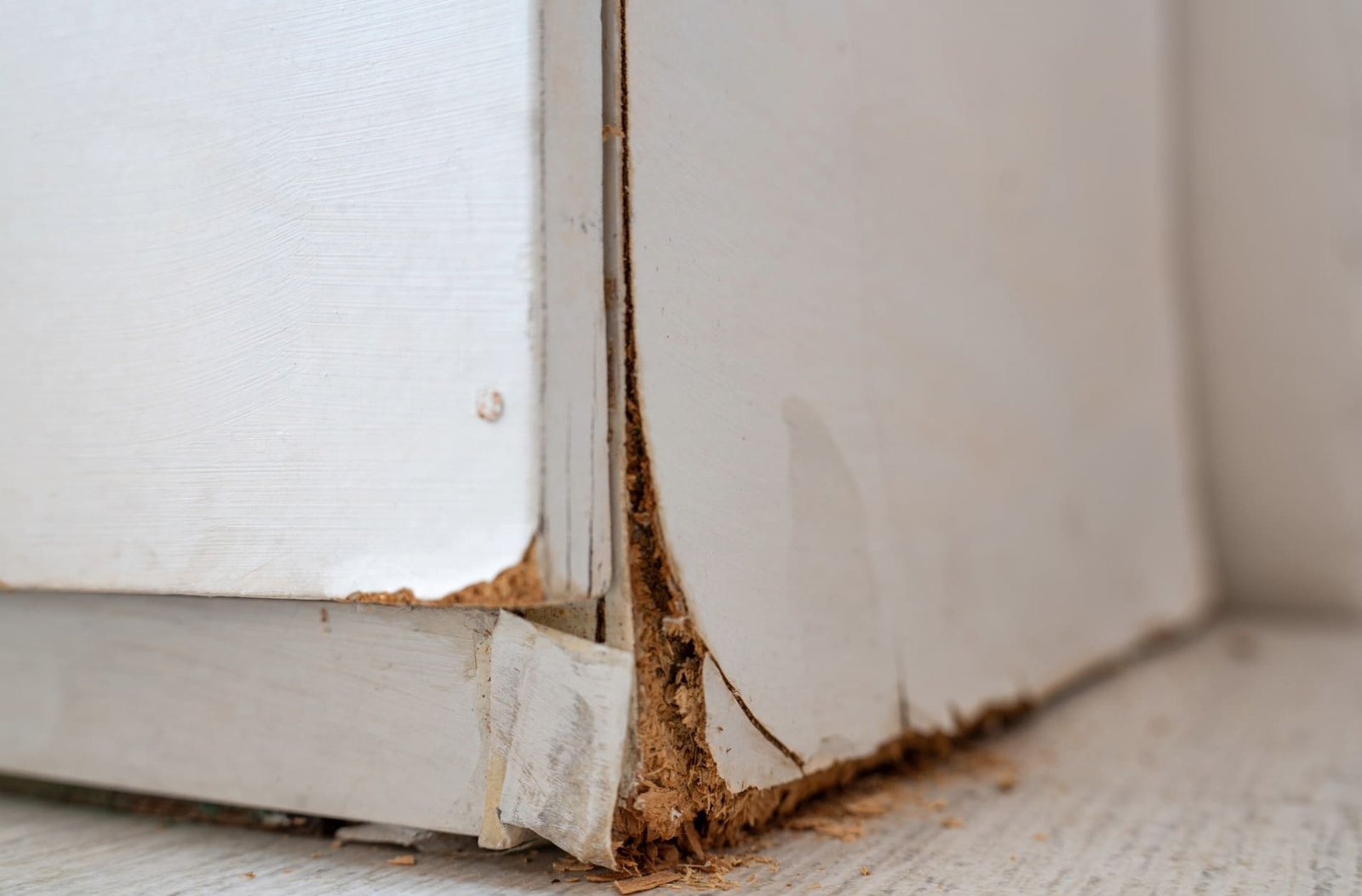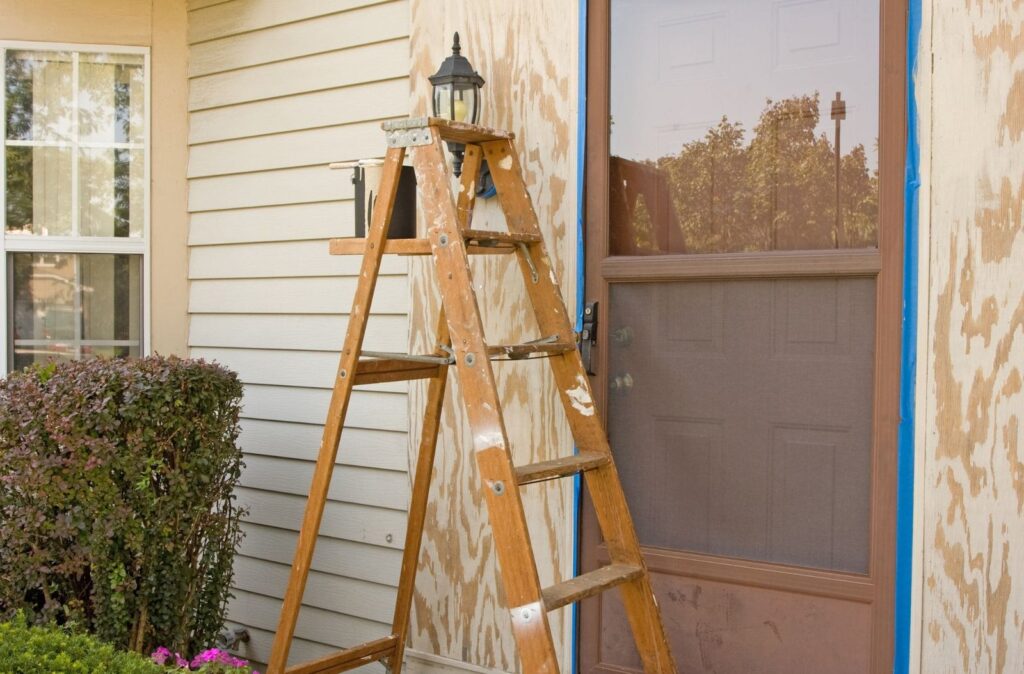If your home’s paint is starting to look faded, dull, or seems to leave behind a powdery residue when you touch it, there’s a good chance you’re dealing with chalking. Chalking is a common issue with exterior paint, especially in areas like Williamson County where the seasons can be pretty intense. It’s that dusty film you might find on the surface of your siding or trim, and while it might seem harmless at first, it’s actually a sign that the paint is breaking down.
Leaving chalking untreated doesn’t just hurt your home’s appearance. It can lead to more problems down the line. Paint acts as a protective layer for your home’s exterior. Once that layer starts to fail, your siding becomes more vulnerable to the weather. Whether it’s the summer sun or the humidity that rolls through Tennessee, chalked paint means the outside of your house isn’t getting the protection it needs. Tackling this issue early on keeps maintenance easier and your curb appeal intact.
What Causes Exterior Paint to Chalk?
Paint starts to chalk when it breaks down under environmental pressure. That powdery surface forms as the paint binder degrades and the pigments lose their grip. Several things speed up this process, and in places like Williamson County where summers are hot and humid, homes take a bigger hit than most.
Here’s what contributes most to paint chalking:
- Sunlight and UV Exposure: Constant exposure to sunlight, especially during long Tennessee summers, causes the paint’s binding agents to deteriorate. Once those break down, pigments are left behind as powder on the surface.
- Rain and Moisture: Regular rainfall, or just the heavy humidity that builds during the warmer months, can wear on exterior paint. If the paint wasn’t designed to hold up in these conditions, it begins to break down faster.
- Low-Quality Paint: Some paints simply aren’t built to withstand outdoor conditions, especially in areas with fluctuating temperatures and heavy moisture. Cheap paint often contains weaker binders that can’t hold up against sun and moisture over time.
- Poor Surface Preparation: Paint needs a clean, dry, and well-primed surface to stick properly. If the surface wasn’t cleaned or primed correctly, or if there was still dust, old paint, or moisture present, the paint doesn’t bond the way it should. That weak bond leads to early chalking.
Think of it like painting over a dusty wall. Even if the paint looks good at first, it won’t stay that way for long. The same principle applies outside, only now you’ve got to factor in heavy downpours, blazing sun, and sticky humidity common in Middle Tennessee.
Taking care of these root issues helps explain why chalking happens and shows how much the local climate contributes to the problem. That’s why finding lasting fixes means not just repainting, but repainting the right way.
Signs Your Exterior Paint Is Chalking
Chalking doesn’t always show up loud and clear. In fact, it usually starts off quietly. Homeowners in Davidson County often spot chalking by accident—maybe while leaning on a painted railing and noticing a white, powdery stain on their clothing.
To catch it early, here are a few signs to watch for:
- A fine powder that wipes off when you run your hand over the painted surface
- Faded color that seems dull or washed out over time
- Paint that looks patchy or uneven in appearance
- Trouble with repaint adhesion, where fresh coats won’t stick smoothly
If you’re not sure whether it’s chalking or just plain dirt, try a simple test. Rub a dark cloth across the surface. If the cloth picks up a light-colored powder, you’re looking at chalking. This test works well on siding, fences, and garage doors. Horizontal surfaces like handrails and window sills might show signs even faster since they take direct hits from rain and sun.
Also, keep an eye on areas of your home that get full sunlight throughout the day—they’re more likely to chalk first. South-facing walls in particular tend to bear the brunt of UV damage in the Nashville area.
By catching these signs early, you’re in a much better position to fix them before they lead to peeling paint or water damage beneath the surface. Letting it go for too long could require more extensive prep during the repainting process.
How To Fix Chalking Paint
Once paint starts to chalk, you can’t just brush it off and move on. Surface prep is everything if you’re planning to repaint. Slapping new paint over a chalky surface may look fine at first, but it won’t take long before the new layer starts to break down too. Whether you’re in Brentwood or elsewhere in Williamson County, here’s how to do it the right way.
1. Clean the Surface Thoroughly
Start by washing the chalked areas with a strong stream of water. A garden hose usually works, but if the chalking is heavy, you may need a pressure washer on a moderate setting. You want to remove that powdery residue completely. Let it dry fully before moving to the next step.
2. Scrub Stubborn Spots
If the chalk doesn’t come off with water alone, use a long-handled scrub brush and soapy water. Get rid of every bit of residue or new paint won’t stick right.
3. Sanding Problem Areas
After cleaning, lightly sand the surface. This helps smooth out any leftover loose paint and gives the new layer of paint something to grip. Pay extra attention to wooden trim or siding.
4. Apply High-Quality Primer
Choose a primer designed for chalky surfaces. Look for something labeled as bonding primer or problem surface primer. This is your barrier between the old paint and the new finish.
5. Use the Right Paint
Pick a paint made for exterior surfaces in southern climates. It should resist UV damage and moisture. Don’t skimp on quality. Better paint sticks longer and performs well during hot Williamson County summers.
6. Apply Carefully
Stick with two coats for longevity. Follow the drying times listed on the can, and keep an eye on the weather. Avoid painting during peak heat or rainy periods. Late summer mornings or evenings can be the sweet spot when the sun’s less intense.
Putting in the extra work here makes a big difference down the road. Cutting corners may save time now, but it’ll cost more when you’re scraping and repainting again sooner than expected.
Prevention Tips For Future Chalking
The best way to deal with chalking is to stop it from happening again. After all, exterior house painting isn’t something most people want to tackle every couple of years. The good news is, with the right materials and approach, your next paint job can last a long time in climate-heavy areas like Williamson County.
Here’s how to keep chalking at bay:
Clean Your Exterior Once a Year
Dirt, mildew, and pollution build up faster than you think. A gentle rinse in the spring can go a long way in preserving your paint’s surface.
Inspect Problem Areas After Every Season
South-facing walls, trim along the base perimeter, and anywhere water collects tend to show wear first. Give these zones a quick check after summer storms or winter freezes.
Use Weather-Resistant Paints
Choose higher-grade paints that resist UV rays and moisture. Some even come with built-in protections against mold and dust.
Hire Professionals Familiar With Local Weather
Exterior paint jobs have to stand up against a lot in Middle Tennessee. Hiring painters who understand how the seasons hit homes in Franklin, Fairview, or Spring Hill helps make sure the job holds up longer.
Repaint Before It Gets Too Bad
Don’t wait until the damage is obvious. A light chalking can be fixed quickly, but once siding starts peeling or warping from exposure, the project takes more time and money.
Prevention isn’t about doing one big thing. It’s about the little habits you pick up over time. Paying attention and catching things early can make all the difference.
Keeping Your Exterior Paint Problem-Free
Chalking isn’t something every homeowner expects, but it’s more common than most realize. It creeps up slowly and, before you know it, dulls the look of your house while leaving the surface underneath without much protection. In a hot and often humid place like Williamson County, that kind of wear and tear adds up fast.
Solving chalking means more than covering it up. It’s about prep, product, and understanding your specific climate. From cleaning and priming to choosing quality paint, every step matters. When done the right way, your home doesn’t just look cleaner and brighter. It stays protected through changing seasons. And that’s something every homeowner can appreciate, especially when the summer heat moves in and your siding still looks good as new.
If you’re looking to keep your home’s exterior in top shape through the heat and humidity of Williamson County, the team at PaintPro is here to help. Our exterior painting services are designed to stand up to local weather while giving your home a polished, long-lasting finish you can count on year after year.








